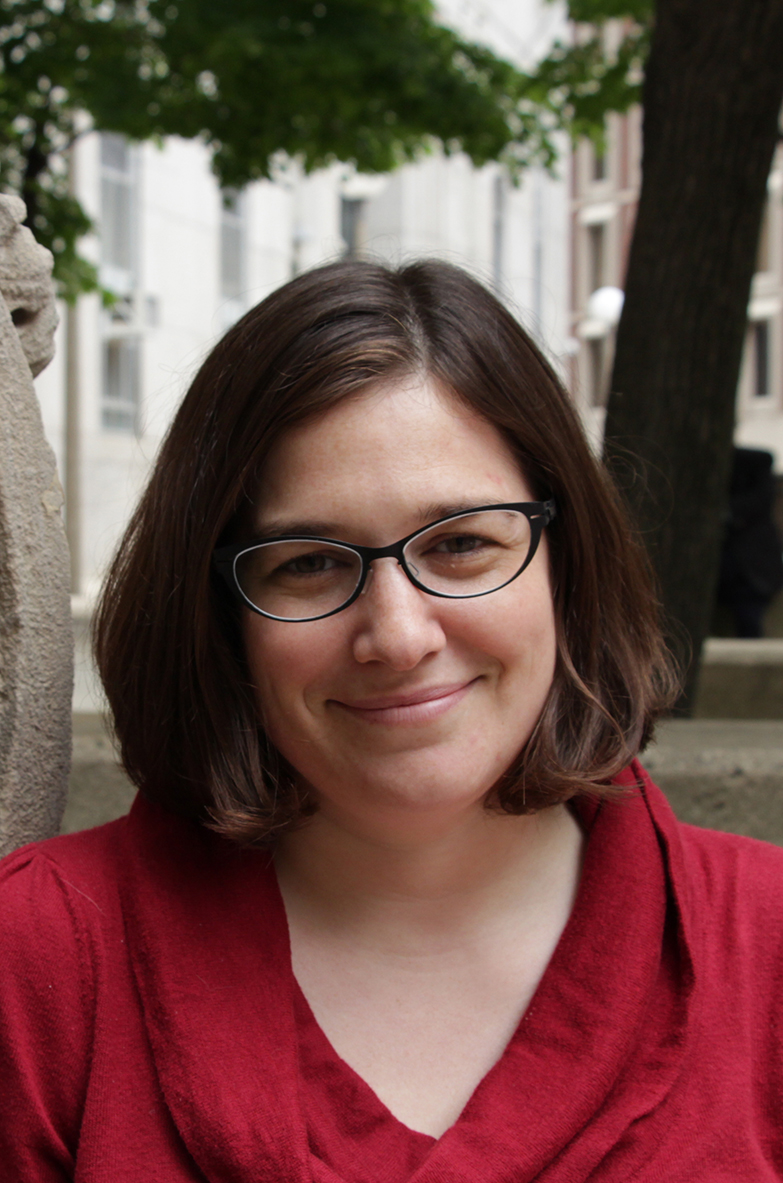ACUPCC Signatories, American University and George Washington University Join Together for Largest Solar Power Purchase

by Janna Cohen-Rosenthal
The project will be the largest non-utility solar photovoltaic power purchase agreement in the United States in total megawatt hours contracted. It is being constructed by Duke Energy Renewables on land in North Carolina. Once completed in 2015, the solar panels will generate 123 million kilowatt hours (kWh) of electricity per year, estimated to be the equivalent of powering 8,200 homes.
- Read more about ACUPCC Signatories, American University and George Washington University Join Together for Largest Solar Power Purchase
- Add new comment


 Bowie State University has undertaken several endeavors to go “green” and increase its sustainability through its
Bowie State University has undertaken several endeavors to go “green” and increase its sustainability through its 


